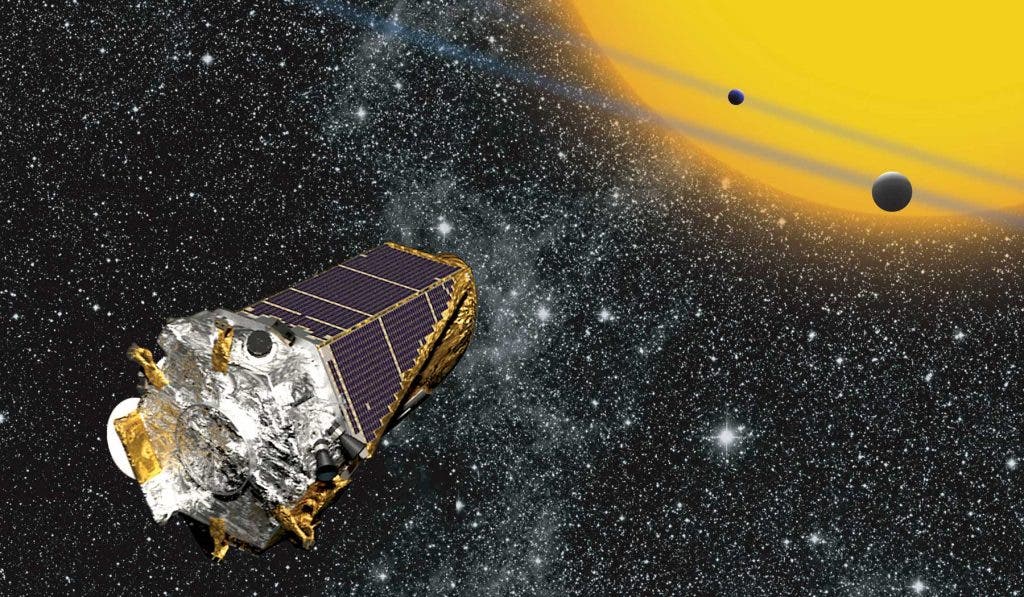Fresh discoveries made by the Kepler mission remind us that there’s a myriad of potentially habitable planets just waiting to be discovered.

Kepler is a space observatory launched by NASA to discover potentially habitable planets – Earth-like planets that could support life as we know it. Between 2009 and 2013, Kepler was extremely successful, discovering over a 1000 planets and over 4000 others in only a patch of sky. However, Kepler has had some technical difficulties that stripped it of its ability to point precisely among the stars. Astronomers and engineers worked to bring it back online and rebranded it the “K2” mission.
So far, since being rebooted in 2014, K2 has netted more than 100 confirmed exoplanets, says astronomer Ian Crossfield at the University of Arizona in Tucson. Most notably, the mission found several systems where a few planets are orbiting the same star – often hotter than the Sun.
“This is really showing the power and potential of K2,” says Crossfield. “These are things we never found with four years of Kepler data.” He and other scientists reported the findings this week at a meeting of the American Astronomical Society in Kissimmee, Florida.
Initially, Kepler was set to look at a very specific problem: how many planets like the Earth orbit stars like the Sun? But with the readjustments, Kepler opened up for a far greater variety, asking more questions about planetary origin and evolution.
“Now we get to look at a much bigger variety,” says Steve Howell, the mission’s project scientist at NASA’s Ames Research Center in Moffett Field, California.
Ironically, this could actually be a good thing. Now, Kepler is looking at brighter stars that are closer to Earth, which means that we could study these planets with more instruments in the near future. Also interestingly, K2 observes more cool stars (Red Dwarfs) than the original Kepler mission. These red dwarfs are the most common stars in our galaxy, but it seems that very few planets circle around stars like these. A higher percentage of planets orbit hotter stars like our Sun.
Things will change once again for the Kepler mission on April 7. Then, it will begin a different type of hunt. Normally, the telescope looks for the temporary dimming of a star – as a planet passes in front of it, it blocks out some of the light. But from April, K2 will look for the temporary brightening of cosmic objects, such as a galaxy, caused when a planet bends light as it crosses the line of sight between it and the observer. The team expects to discover over 100 new planets using this technique.
This means there’s even more work in store for astronomers analyzing the data.
“Kepler was one field and it ruined your summer,” says Caltech astronomer David Ciardi. “K2 is ruining our whole year.”






